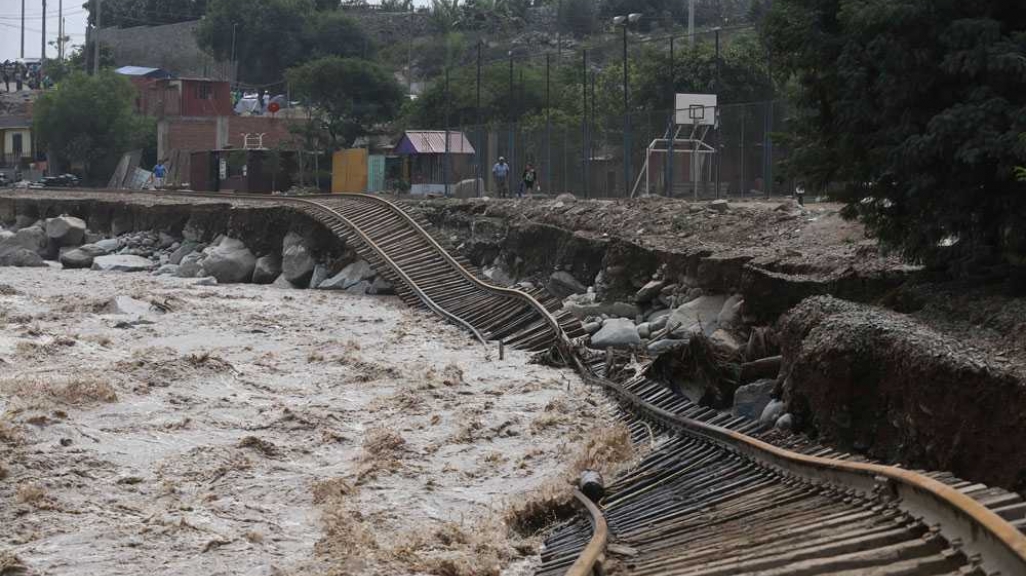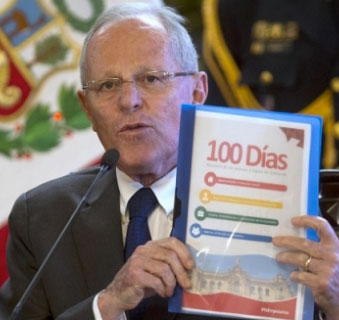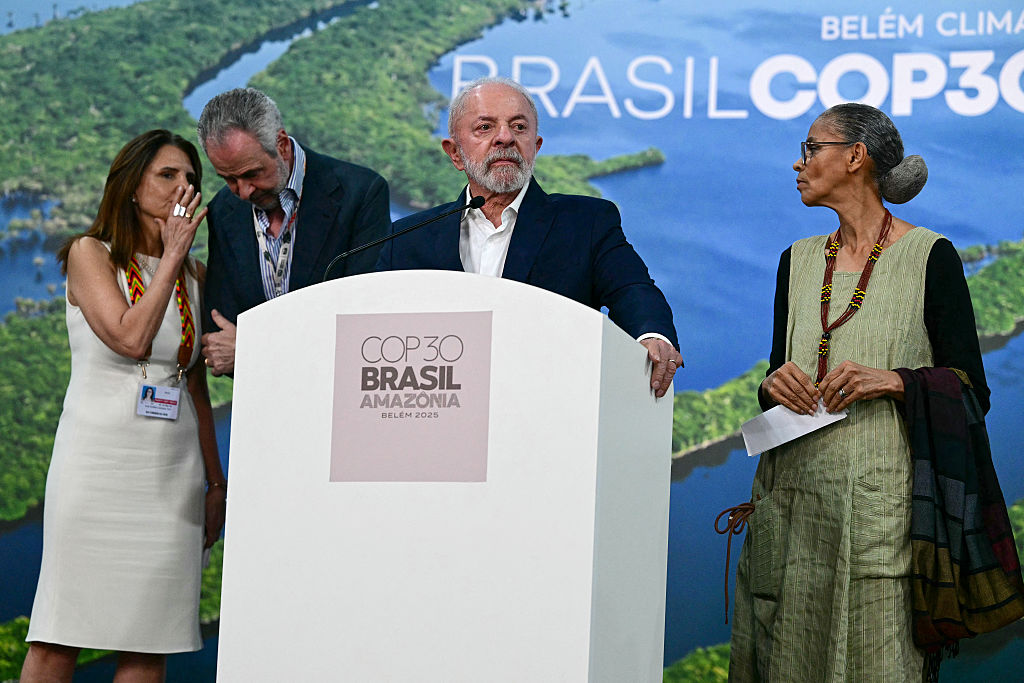Peru Update: The Economic and Political Costs of Mother Nature and Poor Planning
Peru Update: The Economic and Political Costs of Mother Nature and Poor Planning
Floods are expected to cost the country 1.6 percent of GDP in 2017, but with low debt and high reserves, Peru’s in better shape than most to up its infrastructure spending.
The 2017 rainy season hit Peru hard this year, with resulting floods causing 95 deaths and leaving nearly 700,000 people homeless in half of the territory. The floods not only washed away at least 175 bridges and countless roads, but eroded economic growth and political support, laying bare the consequences of insufficient investment in infrastructure. “This is not a natural disaster, but a natural phenomenon that has led to disaster because of the informal way this country has developed,” Gilberto Romero, the head of the Center for Disaster Research and Prevention, told The Economist.
Economic Effects of El Niño
With the first quarter of 2017 not even over, the El Niño weather effects on Peru are already totaling $3.1 billion in damages, equivalent to 1.6 percent of GDP, according to Peruvian consulting firm Macroconsult. Three-quarters of those costs are due to damages to houses and roads, including the country’s central highway. Another 8 percent of damages were to bridges, most notably the Solidarity Bridge in Lima, the collapse of which has become one of the symbols of the recent floods. Underscoring the insufficient investments in infrastructure, President Pedro Pablo Kuczynski noted the irony that it was a bridge that opened in 2010 that collapsed, while others built as far back as 1610 remained.
Macroconsult also lowered its projection for Peru’s GDP growth in 2017 to 2.9 percent, down from a November 2016 projection of 3.5 percent, with the agriculture and mining sectors looking to take the biggest hits to productivity with 1.9 and 1.5 percent downgrades, respectively. Projections for the construction sector, meanwhile, got a 0.8 percent upward revision. The International Monetary Fund (IMF), for its part, pegged Peru’s 2017 growth at 4.1 percent in its October 2016 Regional Economic Outlook report, with an update expected in April 2017. inflation, now estimated to hit 3.7 percent on the year.
Political Effects of El Niño
The weather isn’t just battering structures: PPK, as the president is known colloquially, is taking his hits too in what is his eighth month in office. According to pollster Ipsos, his approval rating fell 6 points in March from the prior month, down to 32 percent, and dropping from a honeymoon high of 63 percent in September. PPK’s top priority should be helping those affected by floods, according to 72 percent of those polled, the highest support for any one measure.
Of note, his approval rating is now below that of Keiko Fujimori’s (39 percent), his rival in the presidential runoff last year. Fujimori, daughter of disgraced ex-president Alberto, is a former first lady and congresswoman who, continues to work through her party, Popular Force, which holds a majority in Peru’s unicameral Congress. And while she’s technically more popular than the president right now, her approval rating has barely budged in the last few months as her party weathers a botched legislative initiative and vocal opposition from her congressman brother Kenji. She and members of her party visited several affected areas, even creating a Keiko-branded hashtag for the tour, which some criticized for politicizing the response rather than joining forces—as her brother did—with the PPK government.
Inadequate Infrastructure
Across Latin America and the Caribbean, inadequate infrastructure aggravates damages from natural disasters, with the IMF calling it “one of the principal obstacles” to growth and development in the region. Latin American countries spend 4.7 percent of GDP on infrastructure, below the global average of 5.9 percent, according to PricewaterhouseCoopers. To meet the infrastructure demand, countries should be spending 6.2 percent of GDP on infrastructure improvements, says the Economic Commission for Latin America and the Caribbean (CEPAL). The region’s six largest countries by population—Argentina, Brazil, Chile, Colombia, Mexico, and Peru—have a higher percentage of unpaved roads (81 percent) than Sub-Saharan Africa (77 percent), and a third of their rural populations do not have access to a highway.
In the case of Peru, the country spent 4.5 percent of GDP on infrastructure in 2012—the fifth highest level in the region, according to CEPAL. However, as Peru reels from the effects of the floods, it’s worth noting that the quality of the country’s infrastructure ranked eighty-ninth out of 140 countries in a World Economic Forum survey. The government has struggled to keep pace with population growth and urbanization. From 1993 to 2007, Lima’s metropolitan area grew 68 percent (measured in city blocks), and today more than three-quarters of Peruvians live in cities. Just 55 percent of urbanites and 2 percent of rural Peruvians have reliable access to drinking water, a long-standing project of PPK’s. Lima is also the largest city in Latin America without a metro system.
One thing working in Peru’s favor is that its budget is in relatively good order: it has low debt levels and, the second-highest levels of international reserves in South America at 31.5 percent of GDP in 2015, per the IMF. In November 2016, the PPK administration scrapped the old agency to manage public investments and created a new one: Invierte.pe. Peru has seen some success in bringing in private investment and in fostering public-private partnerships, where it ranks third in the region. Per CEPAL, private funds made up about 45 percent of all infrastructure investments in 2013.










